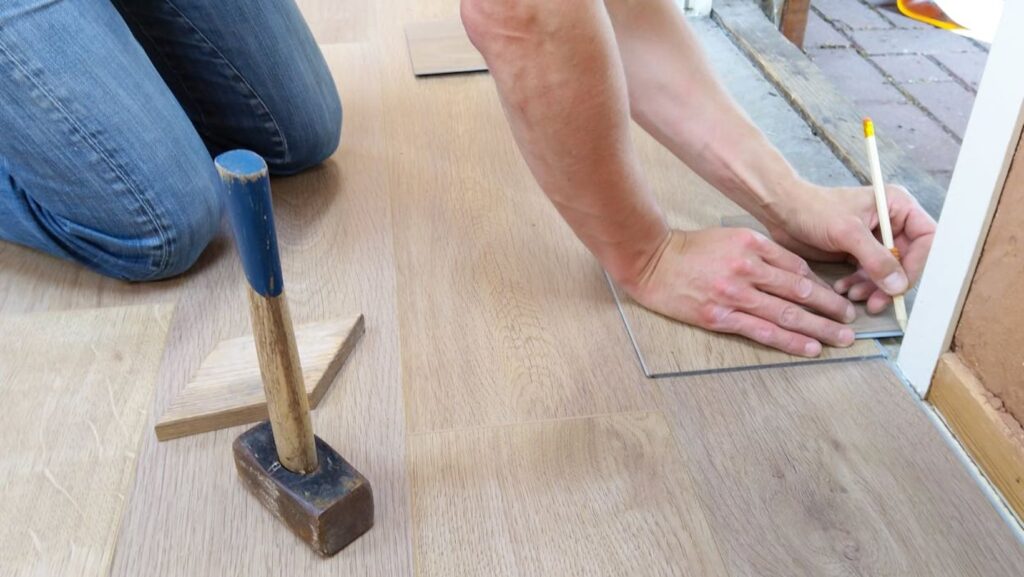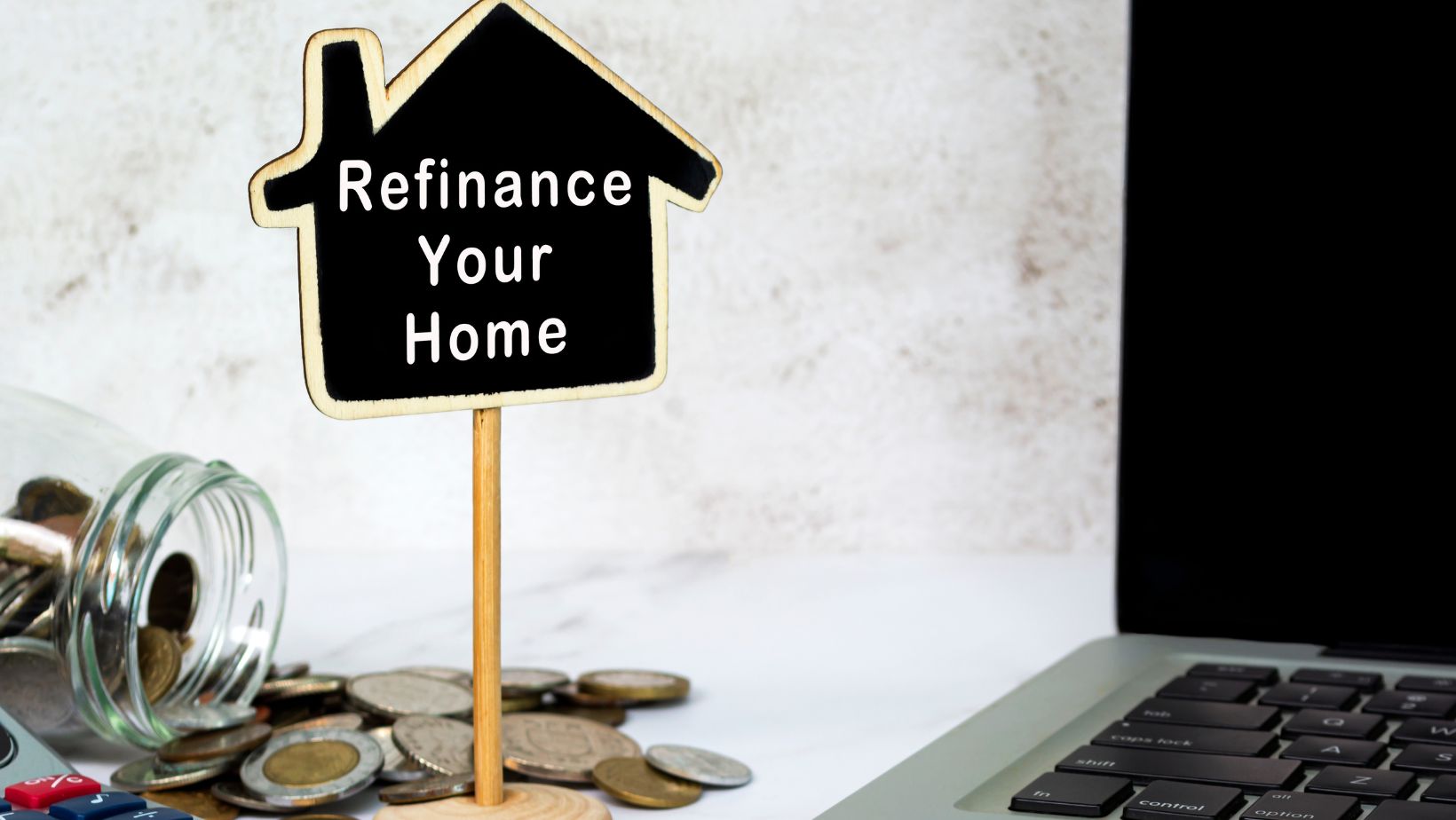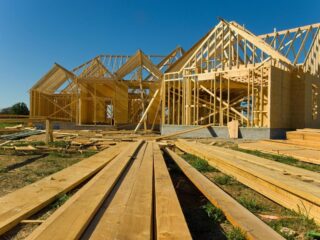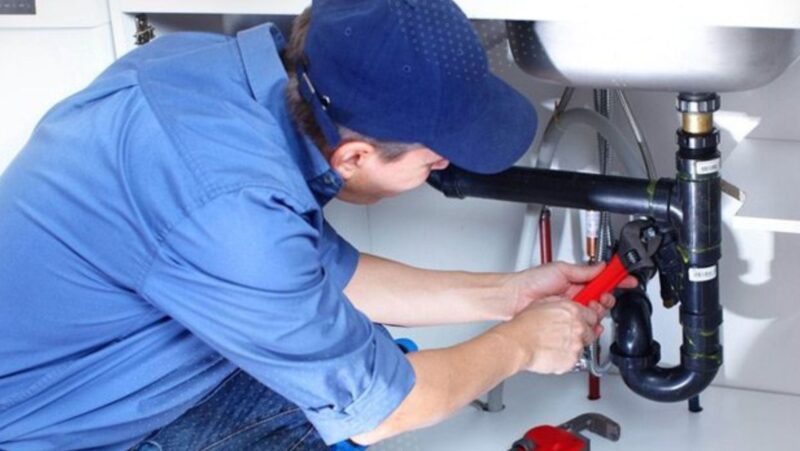
Home repair and maintenance are among the costliest expenses homeowners face after buying a house. For instance, according to Medium in the third quarter of 2024, recent figures showed that for maintaining single-family homes, costs skyrocketed to a record-breaking $10,433, a 5.9% increase year-over-year.
Even worse, many homeowners often underestimate home repair and maintenance costs. For those in the same boat, here are budget-friendly tips for managing unexpected home repair or maintenance costs:
Consider Alternative Financing
Gone are the days when people could only access funds from traditional banks and creditors and had to have a stellar credit score to get higher-approval loans with better terms. Now, numerous borrower-friendly, sometimes no-credit, alternative financing sources are emerging in the lending market.
Alternative financing refers to funding accessible outside traditional financial institutions like banks. It’s part of a so-called “financial inclusion movement,” where individuals and businesses can access funds. Such non-traditional sources of funding are considered “inclusive” due to the following reasons:
- Quicker approval processes – Many alternative lenders leverage digitalization to simplify the loan process and underwrite credit risk faster. Unlike traditional institutions, they often have more lenient requirements, such as lower credit score thresholds or minimal financial history checks. This streamlined approach makes the lending process faster, more accessible, and particularly advantageous for individuals with low or no credit scores.
- More flexible – Since the requirements aren’t rigid and set in stone, most terms of alternative financing sources are flexible. In other words, borrowers can choose which length of the loan or monthly payment they prefer. Many online lenders, including platforms like CreditNinja, offer tailored credit products that fit individual financial situations, making unexpected home repairs more manageable. This doesn’t only meet the individual needs of borrowers but also ensures that repayment terms are realistic and manageable.
For homeowners, this quick access to funds allows them to address urgent repairs without delays that could lead to further damage and higher costs. For example, fixing minor plumbing issues early can prevent extensive water damage that might escalate into a costly repair.
Additionally, personalized financing solutions allow homeowners to tackle emergency home costs without compromising their overall financial health. This means they no longer have to dip into savings, rely on costly credit cards, or delay critical repairs that could lead to more significant damage and higher costs. Instead, they can secure immediate funding with repayment terms that suit their cash flow, helping them maintain both their home and financial stability.
Explore Preventive Maintenance Plans
One of the most effective ways to manage emergency home costs is to minimize the risk of unexpected repairs through preventive maintenance plans. These are scheduled, routine inspections and upkeep of a home’s systems, appliances, and structures to identify and address potential issues before they become costly problems.
These plans typically involve cleaning, inspecting, and servicing critical components such as HVAC, plumbing, roofing, and electrical systems. Such tasks aim to minimize the risk of unexpected breakdowns, prolong the lifespan of home systems, and reduce the overall cost of emergency repairs.
Homeowners can typically enroll in preventive maintenance plans through service providers for a fixed fee, ranging from approximately $200 per month to $2,000 for a one-time comprehensive service. These plans often come with flexible payment options, including monthly subscriptions for consistent maintenance at a predictable cost or one-time payments for thorough, on-demand upkeep as needed.
For homeowners looking to save even more, incorporating DIY preventive maintenance can be a practical and cost-effective alternative. However, this approach has limitations. Some tasks, such as electrical work, HVAC servicing, or roof inspections, may require professional expertise to ensure safety and accuracy. Attempting these without proper knowledge or tools can lead to incomplete repairs, further damage, or even personal injury.
To be clear, DIY maintenance is only recommended for “basic” tasks that don’t involve specialized skills or safety risks. Examples include cleaning gutters, changing HVAC filters, sealing cracks around windows and doors, or checking for visible plumbing leaks. These tasks are manageable, require minimal tools, and help homeowners spot early warning signs of bigger problems. For anything beyond basic maintenance, it’s best to consult professionals to ensure the work is completed safely and effectively.
Emergency Home Costs and Your Budget
Managing emergency home costs doesn’t have to derail a homeowner’s budget. A proactive and strategic approach to home maintenance allows for better preparedness against unexpected expenses, safeguarding both the property and overall financial stability. With the right tools, resources, and mindset, homeowners can stay ahead of repairs and ensure long-term peace of mind.














